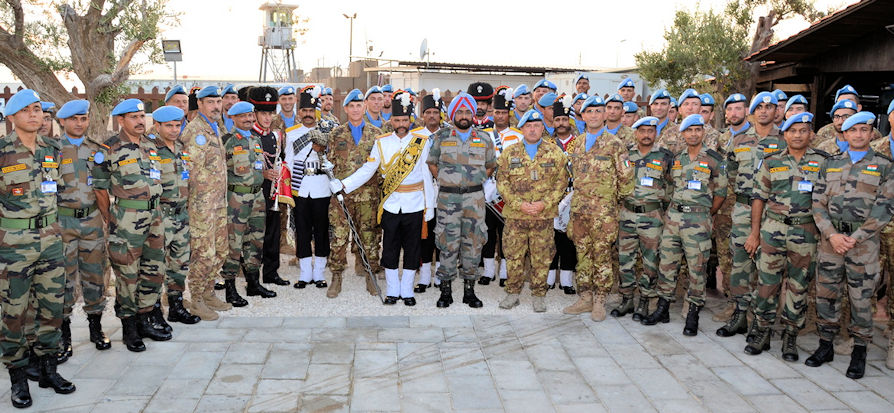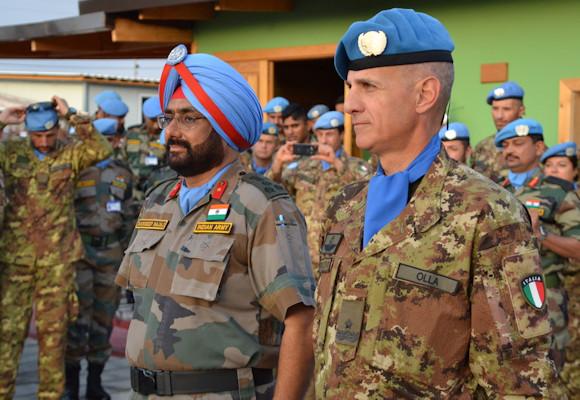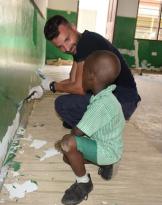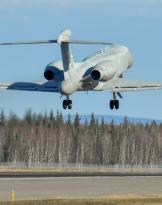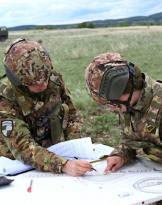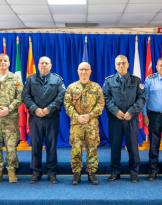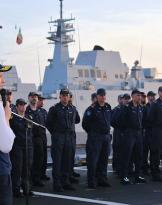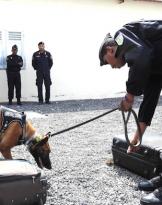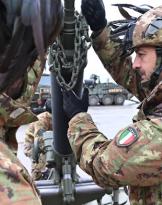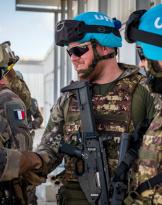On the occasion of the celebration Battle of the Assietta, fought by the Grenadiers of Sardinia in July 1747, the Italian contingent in Lebanon, employed in Operation "Leonte XXII" and on a brigade base "Grenadiers of Sardinia", conducted an informal twinning with the Indian blue helmets of the 14th battalion "Granatieri ".
Brigadier General Francesco Olla, commander of the Joint Task Force-Lebanon, received a visit to the "Millevoi" base by the Parisian Sandeep Singh BAJAJ, UNIFIL deputy force commander and representative of the Indian armed forces. On this occasion, the blue helmets of the “Granatieri” specialty briefly recalled their historical origins, both dating back to the late 1600s, and their participation in the most important national historical events.
The grenadiers take their name from the word "grenade", the explosive device born in the seventeenth century, and were chosen among the most physically performing and of greatest stature, in order to be able to throw grenades as far as possible and conduct assault activities. . Despite the generational change of arms, since the 18th century, grenadiers around the world have maintained the traditional selection of the tallest and strongest soldiers.
For one day, in an environment characterized by high professionalism and comradely spirit, soldiers with different military traditions and cultures, coming from distant countries, shared the "grenade", the universal symbol of the ancient infantry specialty and the blue helmet, which represents the use which peacekeepers in the UNIFIL mission.
The latter, under the aegis of the United Nations Security Council Resolution No. 1701, includes, among its main tasks, the cessation of hostilities through constant monitoring of the Blue Line; support to the local population, also through the operational function of Civil-Military Cooperation (CIMIC); support for the Lebanese Armed Forces (LAF) located in southern Lebanon, through the coordination, planning and execution of joint training and operational activities.
